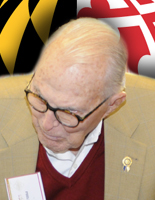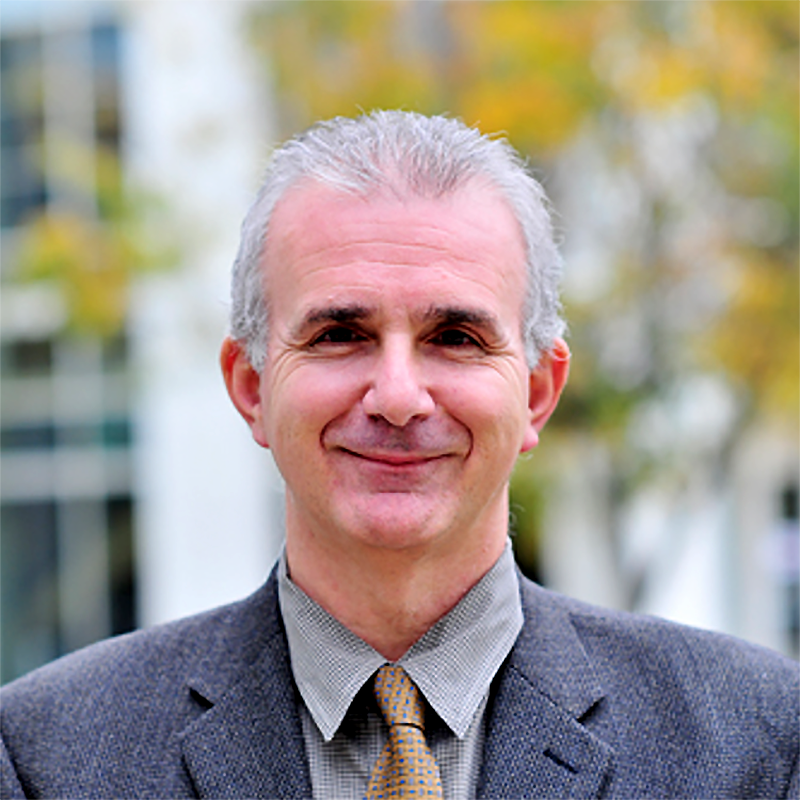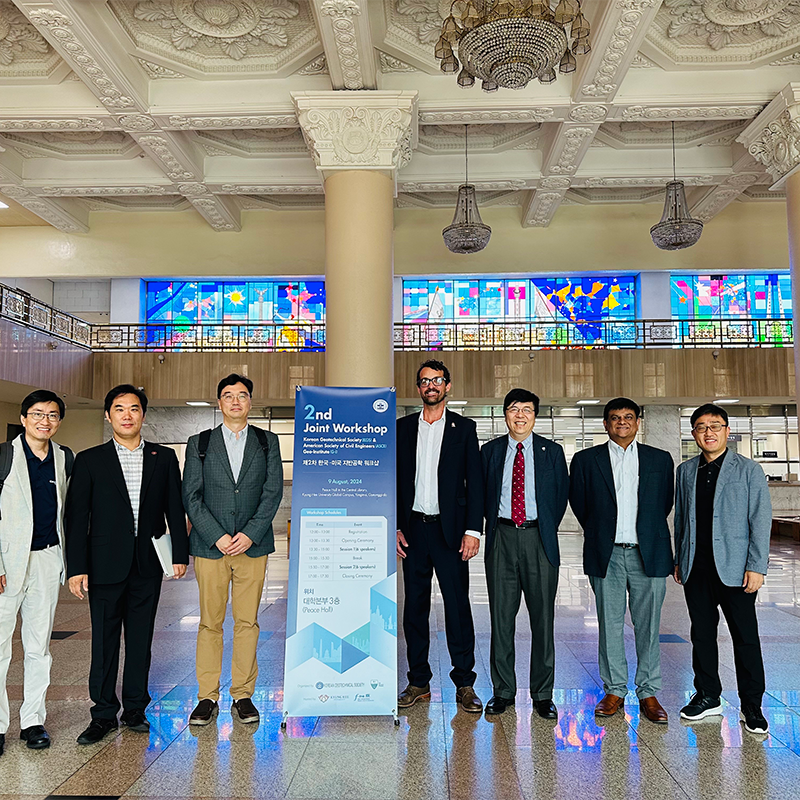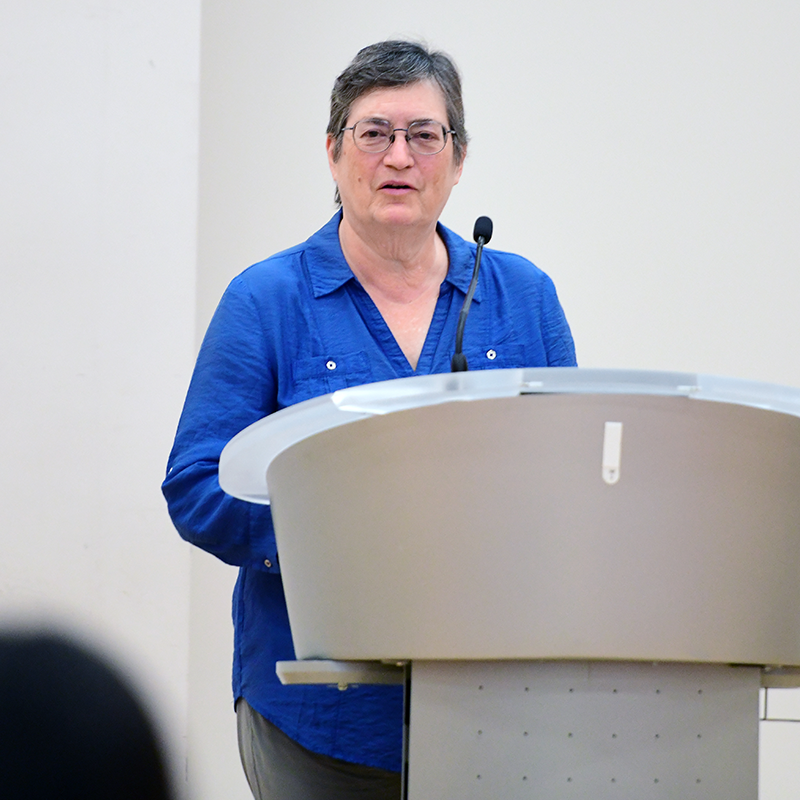News Story
CEE's Class of 1931 Alum Philip Cooper Honored With The Salisbury Award

A University of Maryland graduate, in 1932 he helped design and build the Choptank River Bridge in Cambridge, which was dedicated by Franklin D. Roosevelt in 1933.
SALISBURY: Just a day past his 98th birthday, Phillip C. "Pete" Cooper received a prestigious gift Thursday night: The Salisbury Award, presented by the Rotary Club of Salisbury.
Cooper, best known as the city's engineer and director of Public Works, started in this position in 1950, earning $7,000 per year to start -- and continued to serve under seven mayors and 23 council members.
A University of Maryland graduate, in 1932 he helped design and build the Choptank River Bridge in Cambridge, which was dedicated by Franklin D. Roosevelt in 1933.
Cooper then went on to oversee the construction of the Route 50 bridge into Ocean City, not long after a 1933 storm cut the Inlet between Ocean City and Assateague Island.
From 1943 to 1946, Cooper was called away to serve in the U.S. Navy as an originating member of the unit known as Seabees. There, he oversaw construction projects in New Caledonia, Guadalcanal, Stirling Island, Emirau and the Philippine Islands.
Later, he wrote a book on his experiences: "The Engineer in War and Peace," which is both an account of his World War II experience and a recount of the changes he saw as his hometown, Salisbury, struggled to develop from small town to small city.
He returned to Maryland to work on the Severn River Bridge on Route 50 in Annapolis, and in 1950, took on his roles as city engineer and director of Public Works in Salisbury, where he served until 1978.
The city wouldn't look the same without his handiwork. Some of the projects he was responsible for were the 500,000-gallon elevated water storage tank on Edgemore Avenue, the Route 50 Parkway through-pass, Riverside Drive, Waverly Drive, Carroll Street and Eastern Shore Drive.
He was part of the discovery and development of the paleo channel off Naylor Mill Road -- the paleo water treatment plant now uses the paleo channel aquifier wells as its source of groundwater, a very large supply that will likely serve the city for years to come.
He also played a role in creating the Downtown Plaza, the Port of Salisbury and the Riverwalk.
Through the years, decisions were made, feelings were hurt. But Cooper said the many mayors, council members and persons in leadership would go down to the Saddle Club for coffee and ice cream. In most cases any animosity was left behind, and they all did what was best for the city.
The Salisbury Award was established in 1926 by local businessman G. William Phillips for the purpose of recognizing "service that has been the greatest benefit to the happiness, prosperity, intellectual advancement or moral growth of the community."
Past recipients include such easily recognizable names as Ruth Powell, James M. Bennett, Charles Chipman, Avery Hall, Richard Henson, Frank Morris, Sister Mary Elizabeth Gintling, Frank Perdue, Dick Hazel, Sam Seidel, Dave Grier, Dick Moore, Paul Martin, Dr. Nevins Todd, Virginia Layfield and Mitzi Perdue.
In addition to a plaque presented to the recipient in recognition of their service, the Salisbury Award Committee makes a $500 donation to a charity of the recipient's choice.
Article credit: delmarvanow.com
Published August 25, 2008









